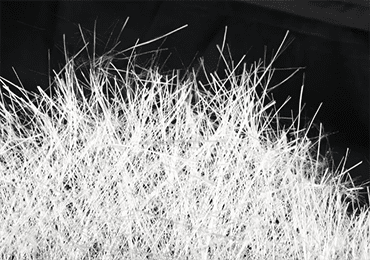
Polylactic acid fiber, commonly known as "corn fiber", named after the Japanese bell spinning in the 1990s introduced a blend of polylactic acid fiber and natural fibers (CornFiber).
As the name suggests, PLA and corn are "relatives", the first generation of raw materials for PLA ...
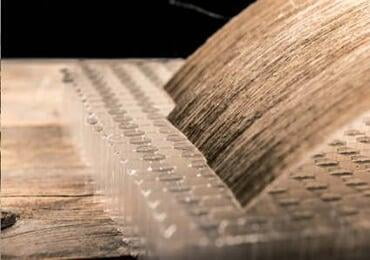
I: Material overview
Plant staple fiber - bio-based composites is a new type of material emerging in recent years, the main raw materials taken from crop straw staple fiber, bamboo staple fiber, hemp staple fiber and so on.
By compounding with bio-based resins such as modified starch, soy protei...
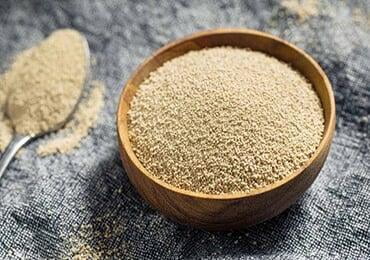
Yeast is one of the most familiar microorganisms in our lives; bread yeast is used to steam buns and bake bread, and brewer's yeast is used to brew beer. In addition, there are many other weird and wonderful yeasts, such as the one that "eats" methanol for high protein production (e.g...

Chemical recycling is the process of breaking down waste materials into their original compounds and reusing them. It is an effective and sustainable way to reduce the amount of waste going to landfills. With chemical recycling, valuable materials that have already been used can be recycled without ...
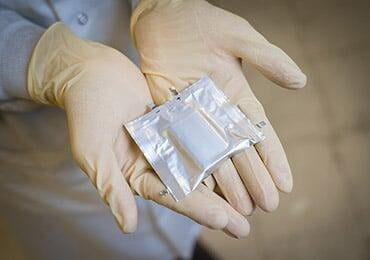
Polylactic acid (PLA) is a common bio-based polymer material, which is used in the preparation of wound dressings due to its excellent biodegradability, biosafety and easy modification. In addition to pure PLA (structure as in Fig. 1a) which has been used in wound dressing research, common PLA-...

Yeasts have been used for thousands of years in the production of beer and wine and to add fluff and flavor to bread. They are nature's little factories that feed on sugars from fruits, grains and other nutrients, and from this menu produce alcohol for beverages and carbon dioxide to make bread swel...
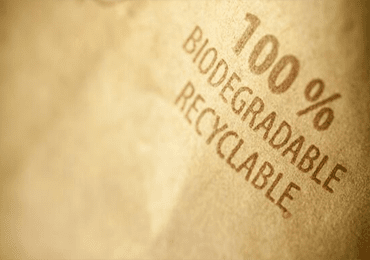
Existing bio-based biodegradable materials are generally based on corn, sugar cane, etc., but they can be used as food or fuel as well. Imagine utilizing insects as a source of chemicals to create plastics that will later biodegrade with the help of the same insects. The concept is closer to re...
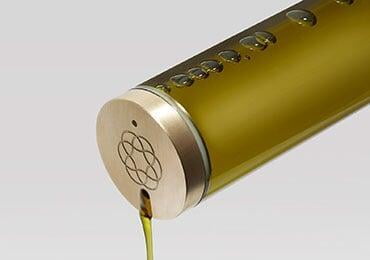
The EU's plastics strategy calls for all packaging placed on the market to be reusable or recyclable by 2030, and manufacturers have been looking closely at the use of bio-based and compostable plastics as potential alternatives to traditional petroleum-based plastics in the packaging industry. ...
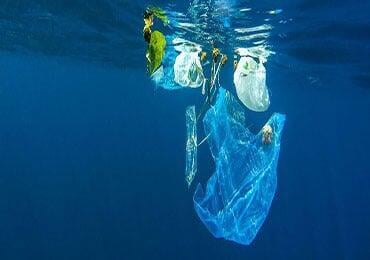
August 8, 2023 A new study published in Nature - Earth Sciences suggests that there is less plastic trash in the oceans than scientists previously thought, but that this trash could last a long time.
Modeling studies estimate that pieces of plastic larger than 25 millimeters make up more than 9...
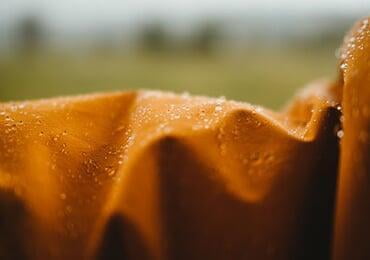
1. How are bio-based chemical fibers processed?
Traditional bio-based primary fibers, or natural fibers, are represented by cotton fiber and mulberry silk. China has been producing cotton fiber and mulberry silk textiles for thousands of years. The term "damask and silk" is used to des...